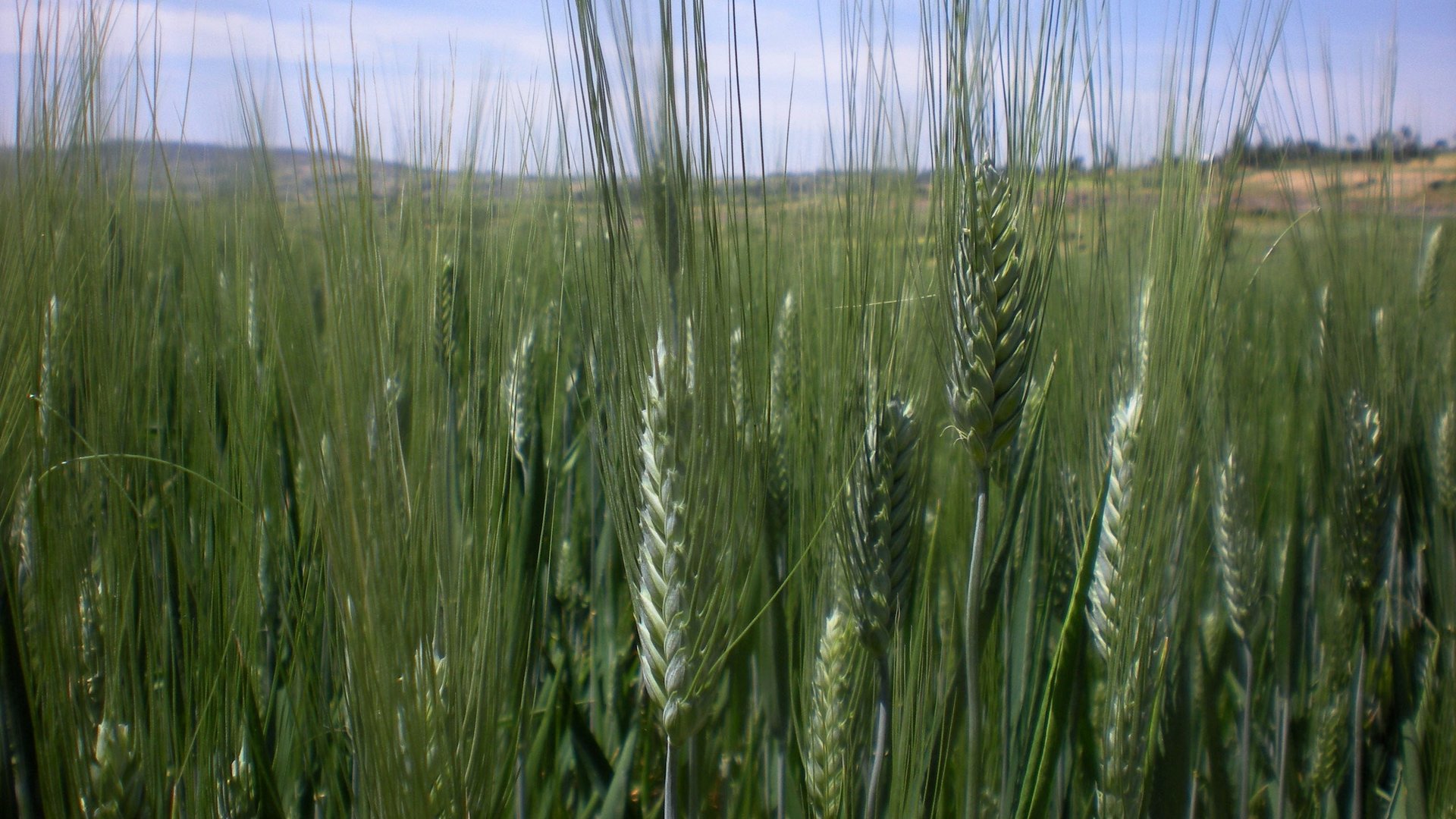The Gates Foundation says that inequality stands in the way of progress
The third annual Goalkeepers report from the Gates Foundation is out, and even in a year in which the world seems prey to never ending political and environmental instability, it isn’t straying from the organization’s core optimistic philosophy: Despite all the setbacks, humanity is in a better place than it once was.


The third annual Goalkeepers report from the Gates Foundation is out, and even in a year in which the world seems prey to never ending political and environmental instability, it isn’t straying from the organization’s core optimistic philosophy: Despite all the setbacks, humanity is in a better place than it once was.
“The world feels very chaotic. But, you know, the honest picture of progress is still quite strong,” Bill Gates told Quartz in an interview ahead of the report’s release today (Sept. 17).
From literacy to stunting to poverty, the report is packed with data showing the relentless gains made in international development in the last three decades. In 1990, as an example, 12 million children died every year before their fifth birthday; in 2018, fewer than 8 million did. At the same time, the percentage of people living in poverty worldwide went from nearly 40% to less than 10%. More women than ever have access to contraception, and more than 70% of the world has essential health services covered as part of universal health care programs.
But while the world is making progress, that progress isn’t happening equally for everyone everywhere. Where in the world you are born, your gender, race, age, religion, income, level of education, whether you have lived through conflict or natural disasters, or what essential services you have access to: All of these are still factors that have outsized impact on your opportunities, achievements, and quality of life.
Reducing inequality is the key to accelerating progress, and understanding inequality is the key to reducing it. This year’s Goalkeepers report attempts to offer some insights on how inequality hinders development, and how it is distributed across development indicators, and across the world. With a simple but effective metaphor, the report says the path towards a comfortable life is a walk, during which each form of inequality is a hill to climb.
For a white educated man in a wealthy country, for instance—like, say, Bill Gates—the road to the good life is rather flat. For a white educated woman in a wealthy country, like Melinda Gates, the road is similar, but there is one steep hill to climb—gender discrimination. For a girl born in central Africa, meanwhile, the road is most likely just a series of steep climbs—gender, race, religion, geography, you name it: They are all stacked against her.
Using newly available data from the University of Washington’s Institute for Health Metrics and Evaluation, the researchers broke down the elements that lead to inequality between not just similar countries, but also between different regions—for instance districts, or counties—of the same country.
In these segments, the report identifies exemplars (which means “models” in development jargon) that can be followed to potentially reach development goals. In India, for example, the southwestern Kollum district could be a model for the northern Budaun district. In the former, the level of education and under-five mortality rate is comparable to that of rich countries. In the latter, Gates said, “almost 10% of the kids die before the age of five, and most of those kids will never learn to read.” Similarly, the district of Ado Ekiti in southwestern Nigeria could be a model for the northern Garki district.
“We do a lot of what ifs, where we say what if every district made a third of the progress toward the best district, and we compare that to various goals that the world has,” Gates said.
In the same way, countries with similar conditions can be models for one another. One example the report points to is Ethiopia, which has turned a historical challenge into an advantage when dealing with climate change.
As a low-income country routinely struck by drought and famine, Ethiopia is particularly at risk of climate disruption. But since the early 2000s, Ethiopia has focused on improving its agriculture, investing in technology that can help predict weather patterns, focusing on crops that can withstand dramatic climate variations, and incentivizing people to work on big agricultural public sector infrastructure, such as bench terraces, or check dams that can withstand torrential rains, or water harvesting structures that can help the country manage a drought.
“The actual knowledge based on climate impact is way less than you’d expect,” Gates said. “It’s easy to just say, ‘okay, we’ll have the sea level rise,’ but [harder to] know, how much, where and […] is there a way to adapt to it?”
Ethiopia is one of just a few countries to not only take actions to reduce the progress of climate change, but to adapt to its inevitability. As such, it can serve as a model for others, including many wealthier countries.
The report warns, however, that if countries want to make progress toward their development goals, erasing inequality should be at the top of their priorities. That means focusing their investments on areas of the country that have the most ground to make up.